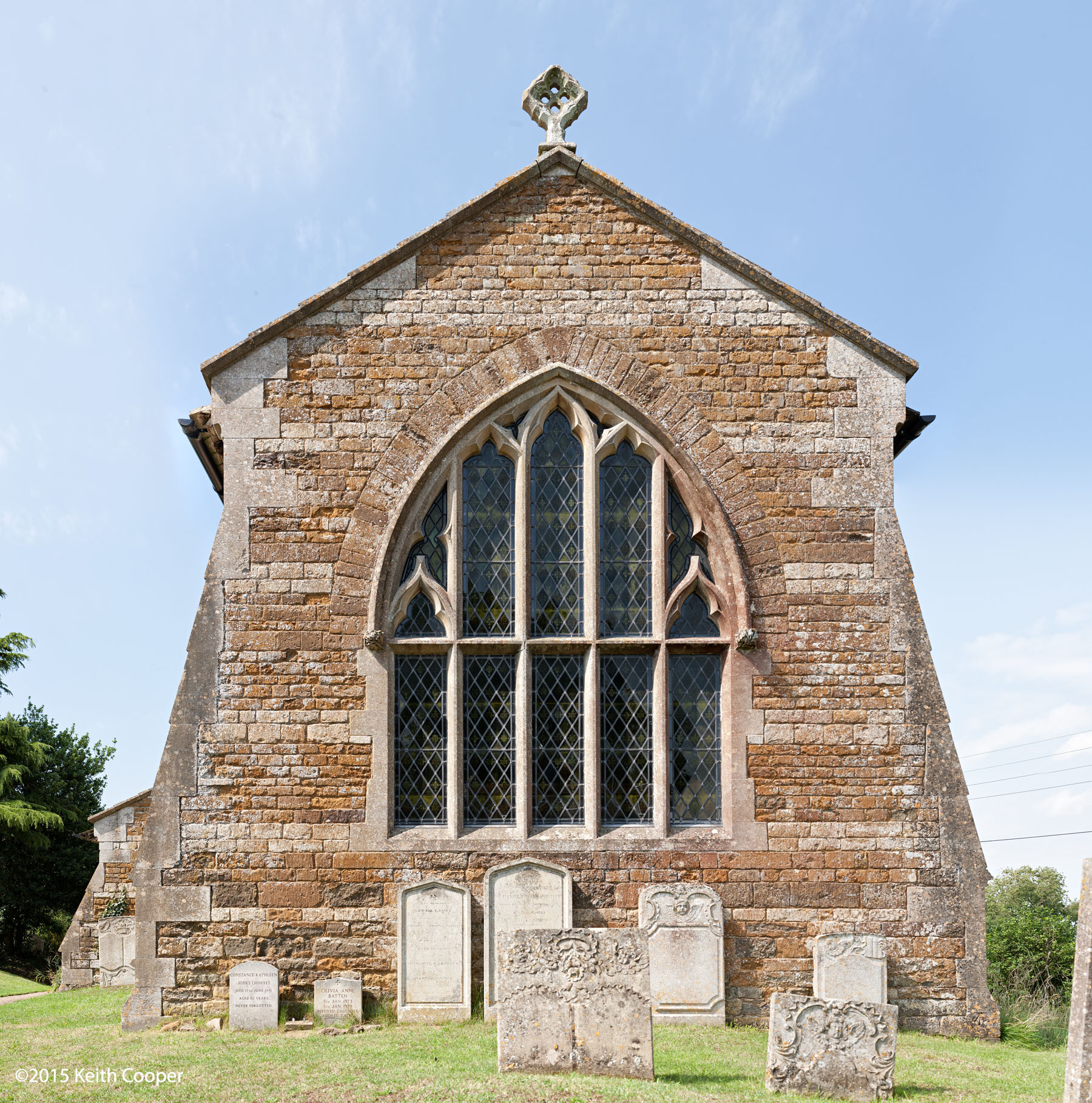Rectified images and photography
The window and wall above are at the end of St Mary Magdalene and St Andrew’s Church, Ridlington, Rutland. It is part of a collection of rectified photographs produced for crack identification and recording for this church.
The photograph is taken square on to the wall, and further corrected during processing. In this instance several survey points were also measured with a Total Station to allow for accurate scaling and measurement.
The verticals and horizontals of the image are true, and with the camera being square on to the wall, there are minimal distortions.
This simple case is not unlike our normal use of shift lenses to give true vertical lines, such as this view of Southwell Minster.
Rectification?
Rectification alters the apparent perspective of a photo so that it appears to be taken head-on to the subject, rather than at an angle.
This helps when you can’t get the camera to the exact place needed to capture a particular view.
Our images for rectification may be stitched from multiple photos for extremely high resolution, or single images.
The rectified images can be used in different ways, such as reference photos in reports or as textures/images for 3D modelling and measurement.
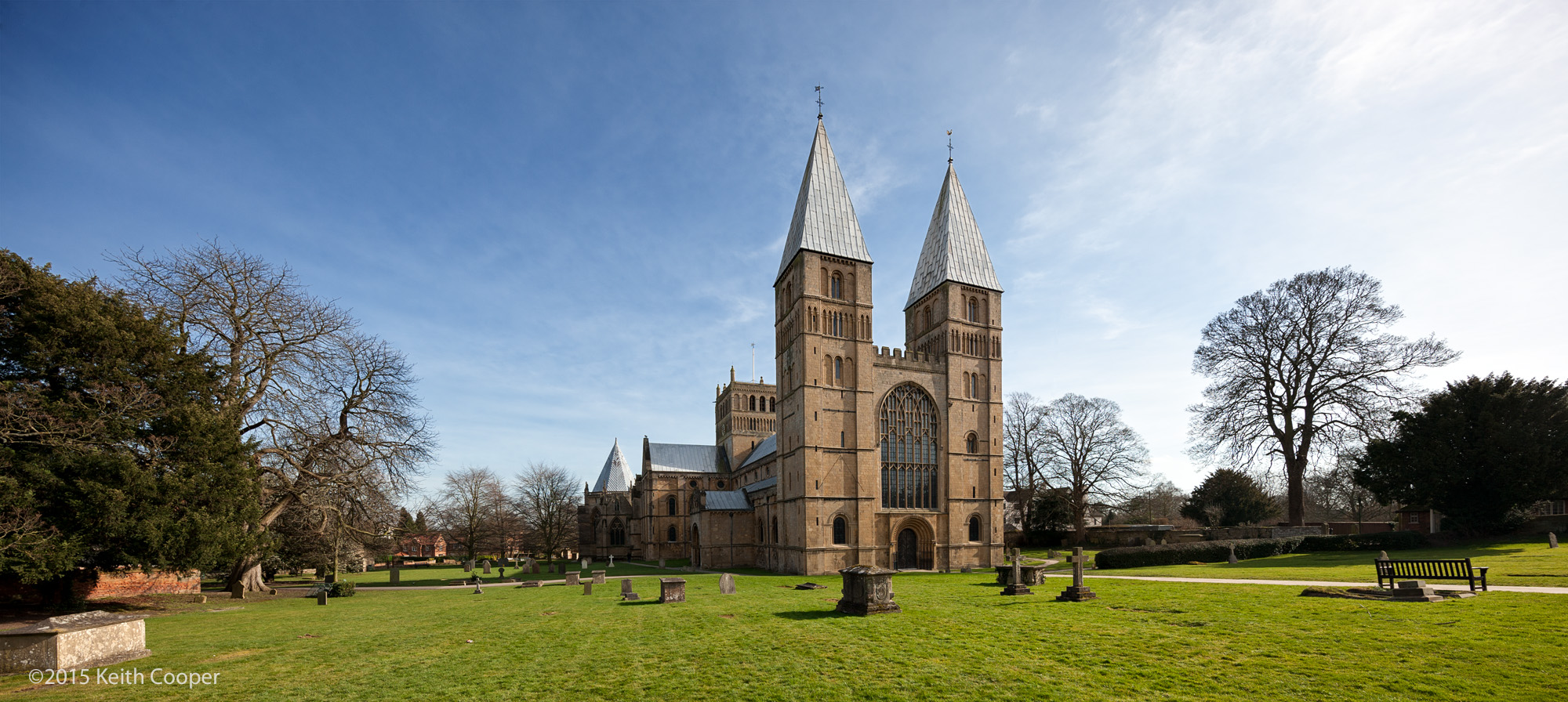
When producing fully rectified images, we’re also looking for horizontal lines in the structure to be horizontal in the image.
The photo of Southwell is from some taken at the minster during recent testing of a new lens. Note how the vertical lines are parallel, but horizontal lines run to vanishing points. In fully rectified images, horizontal lines are parallel too.
This view of the wall to the left of the large window at Ridlington, is a high resolution composite image, fully rectified for horizontal and vertical lines.
Images are normally cropped after stitching, the cat in this instance followed us around for some time…
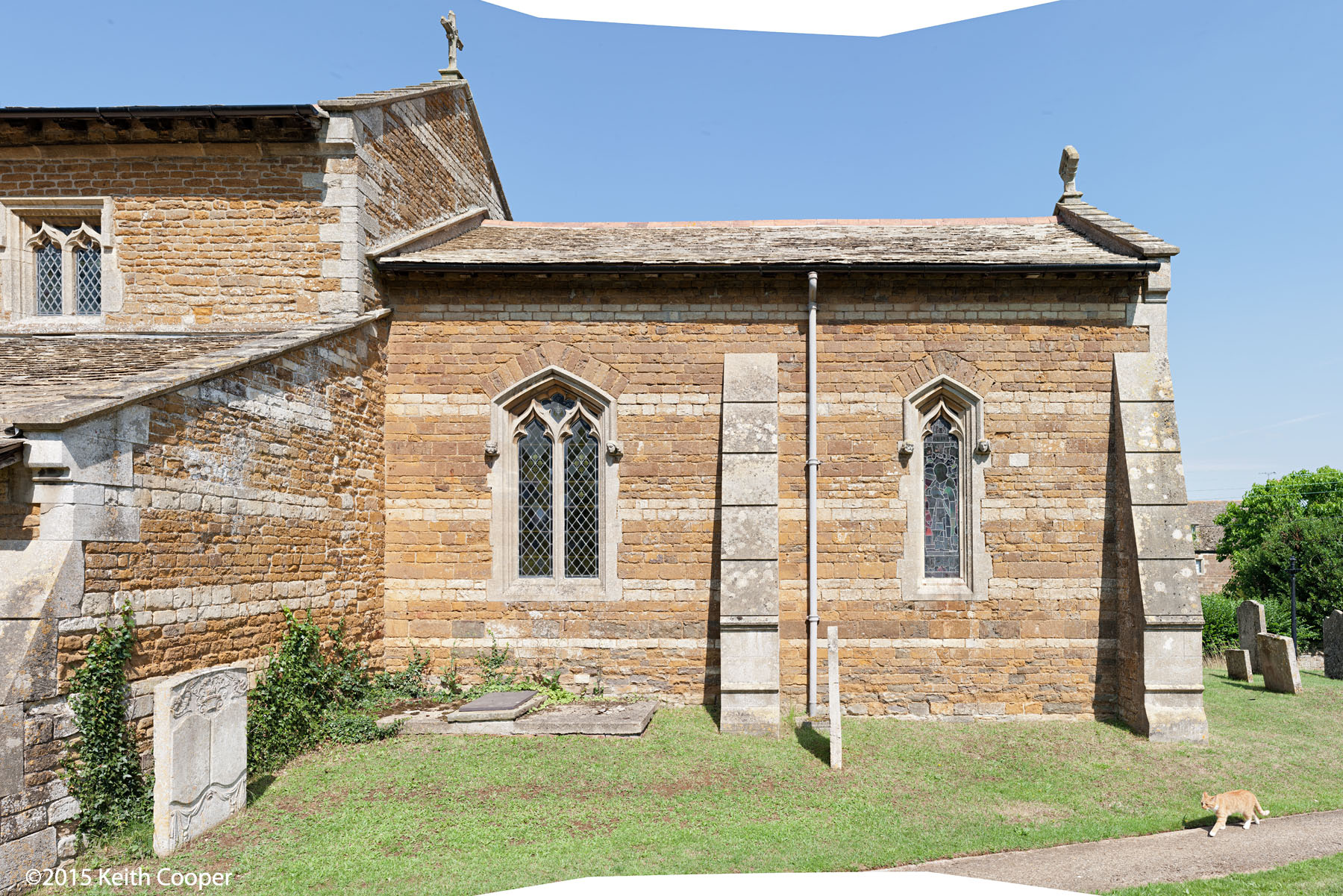
Note though that this only works for a single plane in the image. Any part of the image with significant depth will be very obviously distorted, as you can see to the left.
This means that to fully cover a particular structure, you will need an image for each plane.
This view of the entrance to St. Peter’s in Redmile, Leicestershire has been rectified on the plane of the two larger windows.
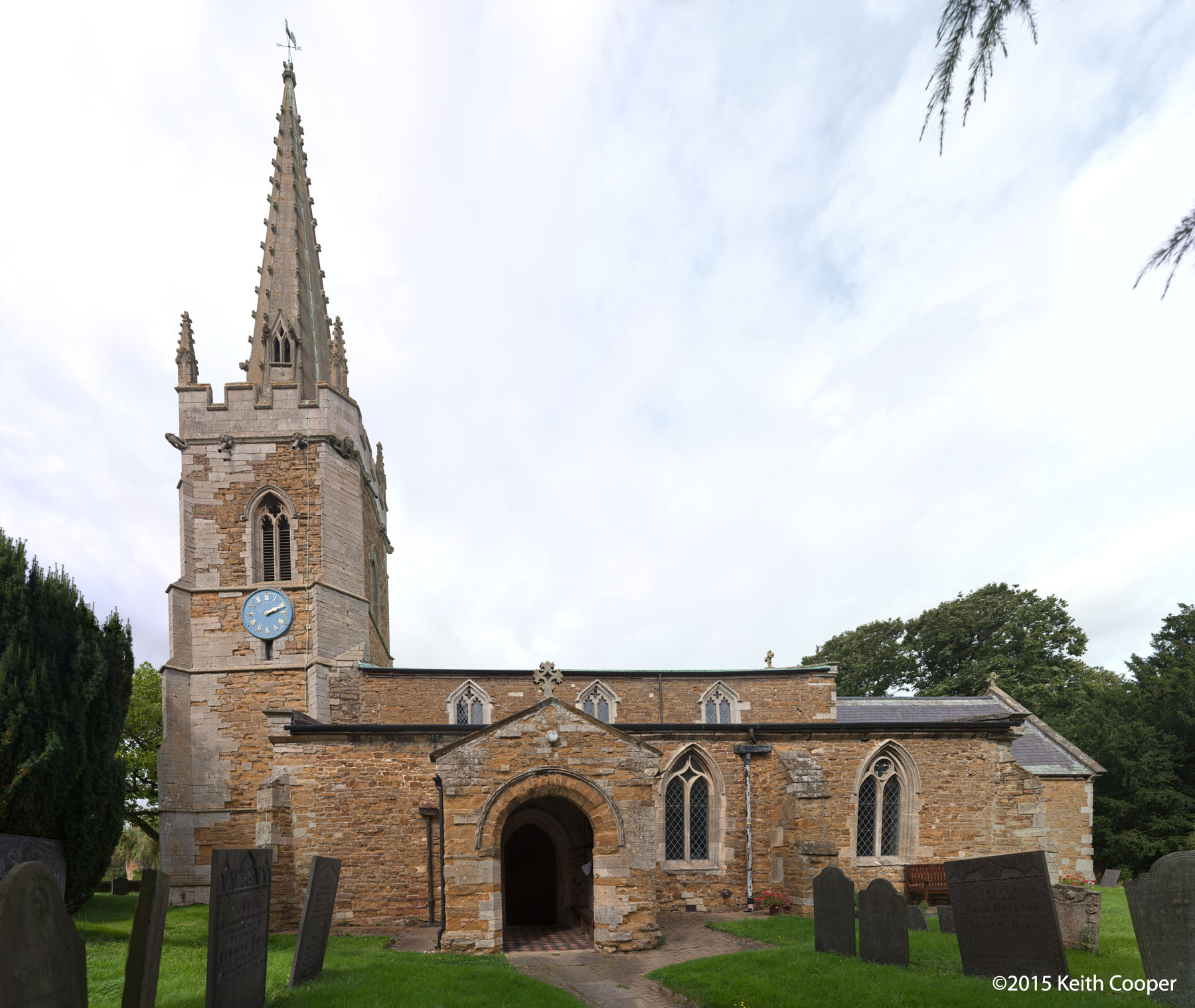
As a single high resolution image, it is some 50,000 pixels wide, and shows great detail. but obviously only of the parts of the structure in view.
The tower and spire are not quite square on to the main building (before you even consider the cracking and significant movement), so ideally need to be photographed on their own.
In this case a ground level shot would suffice, however we can elevate the camera up to 8 metres if need be.
The tall thin photo below is a much reduced version of the high resolution composite original.
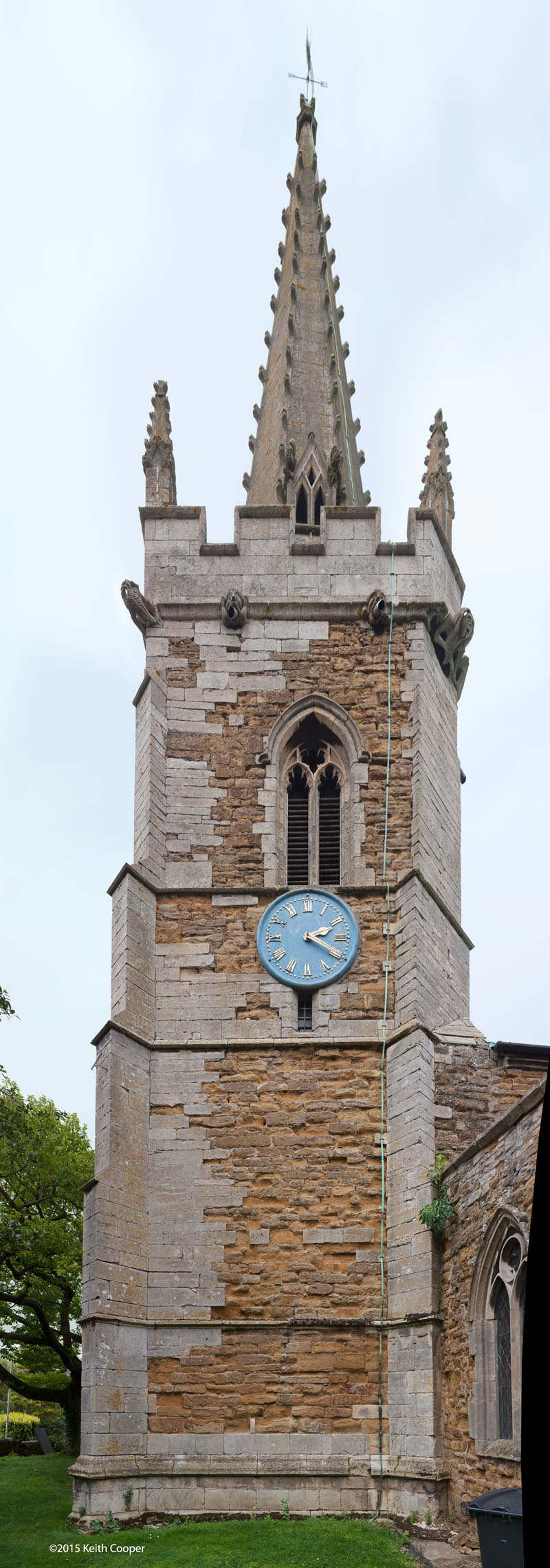
The hazy sun of the previous full width view has gone, and you can see the difference in lighting of the stonework.
Bright sun produces strong shadows – these may not always help in recording detail although we can often look at applying additional image processing that can address this, as well as improving contrast or colour variation.
The detail in images can be very high, as you can see from this full resolution crop from the spire image.
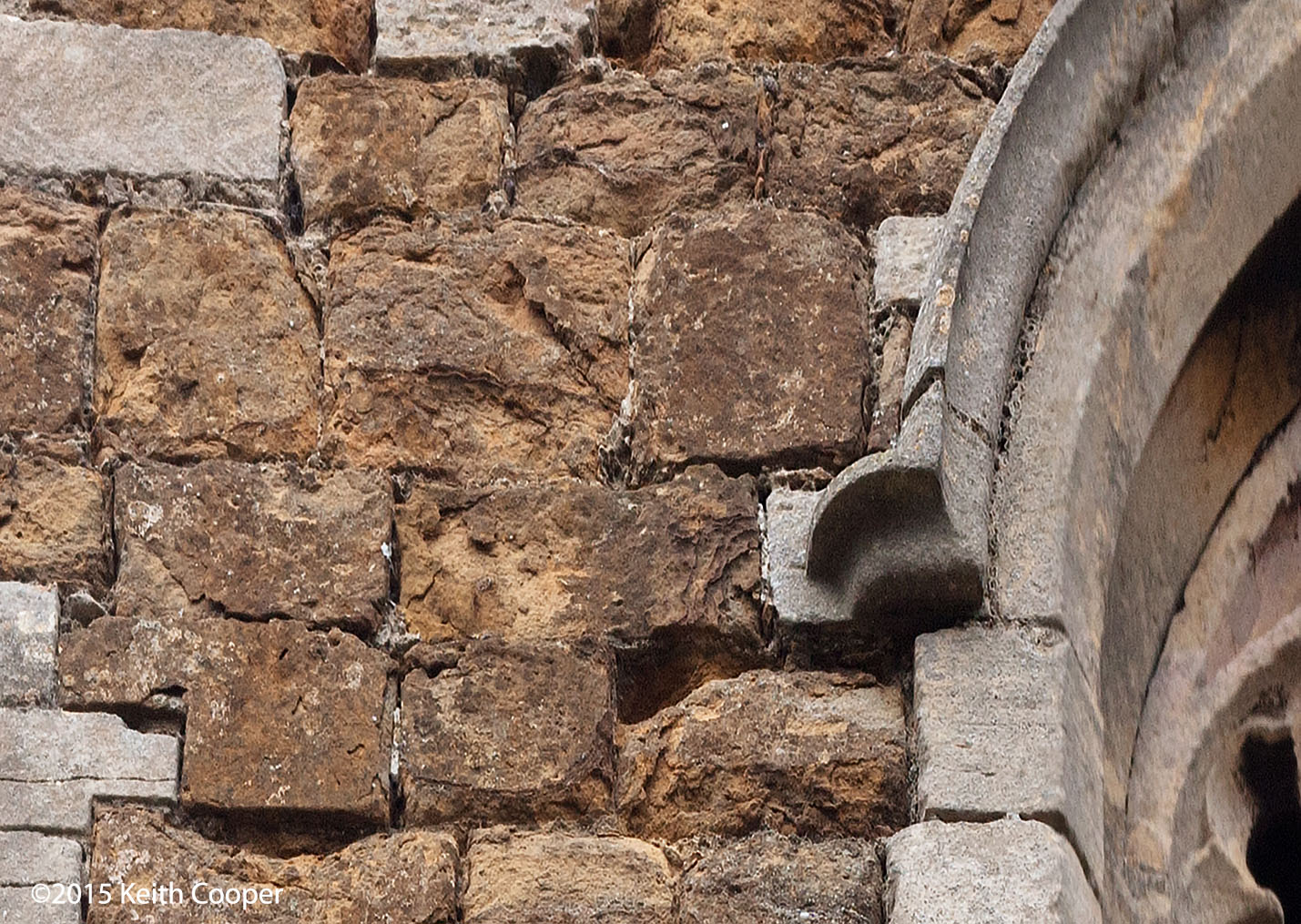
At the highest resolution in this particular image, you can see very fine detail, but the fact that we are looking from an oblique angle is more obvious.
This gets more and more apparent for structures such as spires. Our elevated mount allows us to position our camera at heights of up to 8 metres.
We could produce much more detail if you didn’t need the whole spire.

This view, taken at 90 degrees to the last one shows how even modestly sized images can show cracking and multiple phases of repair to stonework.
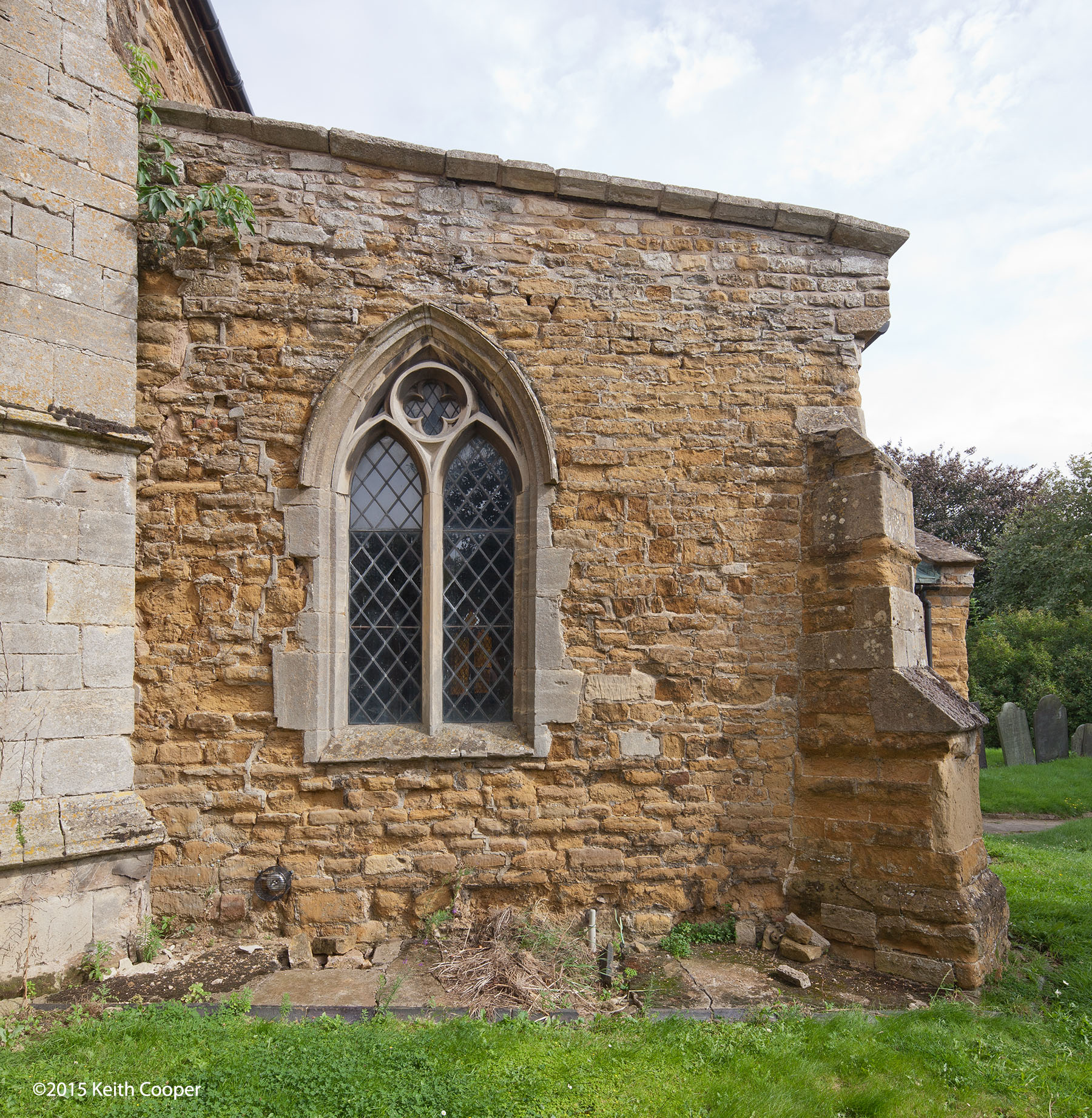
A very different example shows how rectification and scaling only applies to a single image plane.
This terraced house view was taken along with a series of surveyed measurements from the camera position, with a reflectorless total station.
The main house front can be measured from the image, knowing the scaling. However the bay windows are closer to the camera and larger on the image. By rescaling just the bay window (right cutout), the front plane of it is now to the same scale as the building front, for measurement purposes. Of course, the sides of the bay are not rectified in either case.
If you feel that this sort of photography is what you need, please do contact us, since there are many different ways of approaching such projects.
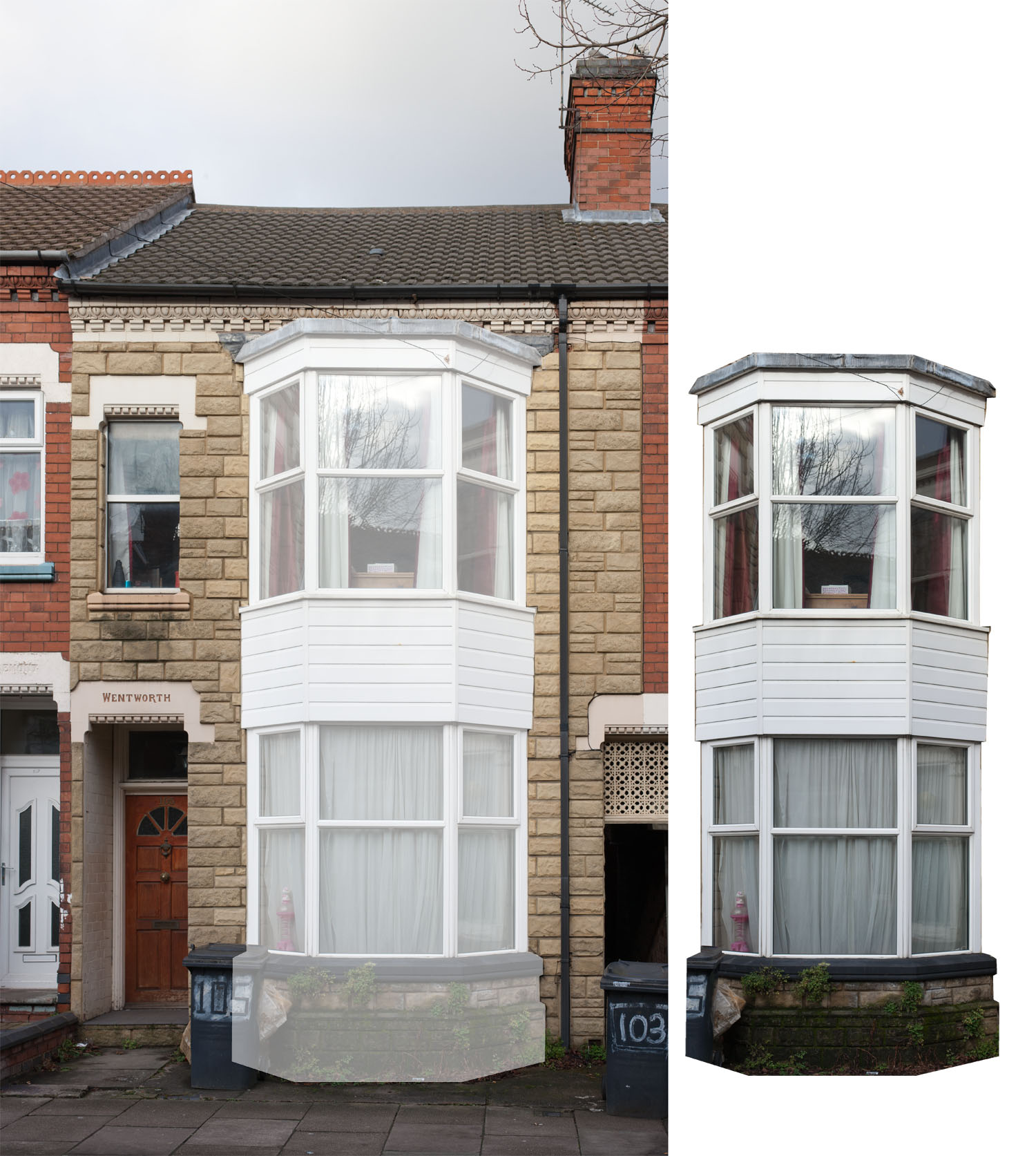
If you are looking for such photography for your project, a simple plan of the site, or even view in Google Maps will let us give a much better estimate of how many photos you might need and which ones may require more work, such as looking downwards from an elevated position behind a wall or hedge.
In this type of work, no two projects are ever the same. Then again that’s partly why we like the challenge – please do give us a call if you’d like to know more about what we can do.
You can find out more about our specialist heritage photography services on this site or the main Northlight Images site.
Please note that we are not surveyors, so whilst we work with survey companies and architects in the production of images for survey purposes, we cannot directly undertake survey work.



